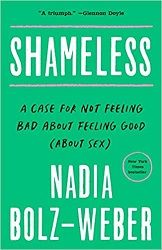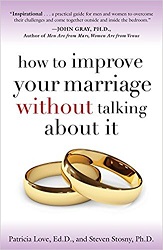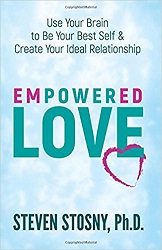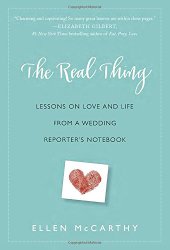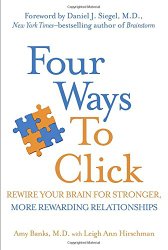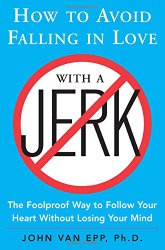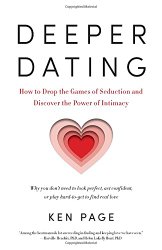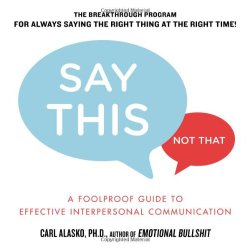Review of Shameless, by Nadia Bolz-Weber
A Case for Not Feeling Bad About Feeling Good (About Sex)
by Nadia Bolz-Weber
Convergent Books, 2019. 200 pages.
Review written March 29, 2020, from a library book
Starred Review
2020 Sonderbooks Stand-out: #2 Christian Nonfiction
I wasn’t sure about this book. It’s a book about sexuality and spirituality and how the church’s teachings on sexuality have harmed people.
I saved sex for marriage and married my first boyfriend. I was proud of that. So pleased that we did it “right” and followed God’s best plan. I even thought that the fact we waited for marriage proved the guy had self-control and wouldn’t ever have an affair. Well, that didn’t work out; he had an affair, left me, and now I’m divorced. And there are some who read the Bible to say that means God doesn’t want me to ever have sex again. What do I do with that?
Here’s a bit from the Introduction:
In the ten years I’ve been pastor at HFASS, I’ve known young married couples who did what the church told them and “waited,” only to discover that they could not, on the day of their wedding, flip a switch in their brains and in their bodies and suddenly go from relating to sex as sinful and dirty and dangerous to relating to sex as joyful and natural and God-given. I’ve known single women who didn’t have sex until they were forty and now have absolutely no idea how to manage the emotional aspect of a sexual relationship. I’ve heard middle-aged women admit that they still can’t make themselves wear a V-neck because as teenagers they were told female modesty was the best protection from unwanted male sexual advances. I’ve seen gay men who never reported the sexual abuse they experienced in the church because the church told them being gay was a sin. I’ve heard stories from women who experienced marital rape after getting married at twenty years old (because if you have to wait until marriage to have sex, then you hurry that shit up) but got the message from their church that because there is a verse in the Bible that says women should be subject to their husbands, it was not actually rape.
It doesn’t feel very difficult to draw a direct line between the messages many of us received from the church and the harm we’ve experienced in our bodies and spirits as a result. So my argument in this book is this: we should not be more loyal to an idea, a doctrine, or an interpretation of a Bible verse than we are to people. If the teachings of the church are harming the bodies and spirits of people, we should rethink those teachings.
So I wasn’t sure what I’d think about this book – but what I found was a message of grace. And insights I’d never thought about before.
She talks about purity systems – rules and regulations to keep us pure. She says it’s natural for us to make them, because we want to be holy.
But no matter how much we strive for purity in our minds, bodies, spirits, or ideologies, purity is not the same as holiness. It’s just easier to define what is pure than what is holy, so we pretend they are interchangeable….
The desire to live a holy life that is pleasing to God is understandable, but this desire is also fraught with pitfalls.
Our purity systems, even those established with the best of intentions, do not make us holy. They only create insiders and outsiders. They are mechanisms for delivering our drug of choice: self-righteousness, as juice from the fruit of the tree of knowledge of good and evil runs down our chins. And these purity systems affect far more than our relationship to sex and booze: they show up in political ideology, in the way people shame each other on social media, in the way we obsess about “eating clean.” Purity most often leads to pride or to despair, not to holiness. Because holiness is about union with, and purity is about separation from.
She explores lots of ideas here, and they surprised me by how lovely these ideas were. She’s not just questioning rules and systems and teachings, she’s also talking about what does healthy sexuality look like? One fascinating insight is that sexuality and spirituality have much in common.
She doesn’t give us a list of new rules in this book. She explores and she asks questions and she gets us thinking about the bodies God gave us, what pleases Him and what pleases us.
The point is, it all calls for attention. Does something enhance my life and relationships, or does it take it over? Is my behavior compulsive? When I or my partner experience this pleasure, is it bringing me or my partner more deeply into the moment, into the sacred, into our bodies, or is it separating one or both of us from these things?
Here’s another insight:
Jesus, we know, was accused of being a drunkard and a glutton, a friend of prostitutes and tax collectors. His first miracle was to keep the wine flowing at a party he was attending. So the guy was not afraid of pleasure. But he also fasted for forty days in the desert and would often go to a mountain to pray alone. He seemed to live an integrated life of feasting and fasting.
I like so much in this book, and it’s hard to describe and hard to explain. I like the connection she makes that good sexual connection comes when we can put aside our shame. When we can see each other as we truly are and reveal ourselves with all our scars.
Too often, the diagram that religion draws up for explaining sex takes the snake’s-eye view – it names only the physics of fear, threat, and control, but none of the magic. Likewise, media and advertising thrust the commodification of sex our way, and sex becomes either something to trade in or just another aspect of life in which we are judged and found lacking. But neither of these approaches is enough. Neither points to the whole truth. Because there is also magic.
This magic is what God placed in us at creation. It is the spark of divine creativity, the desire to be known, body and soul, and to connect deeply to God and to another person. This magic is the juiciest part of us, and the most hurtable. This magic was breathed into us when God emptied God’s lungs to give us life, saying, “Take what I have and who I am.” This magic is what snakes seek to darken with shame. This magic was what was sanctified for all time and all people when Jesus took on human form and gave of himself, saying, “Take and eat, this is my body given for you.”
This book isn’t about rules and regulations. It’s about finding shamelessness, magic, and a closer connection with God and others. It took me by surprise.
nadiabolzweber.com
convergentbooks.com
Find this review on Sonderbooks at: www.sonderbooks.com/Nonfiction/shameless.html
Disclosure: I am an Amazon Affiliate, and will earn a small percentage if you order a book on Amazon after clicking through from my site.
Source: This review is based on a library book from Fairfax County Public Library.
Disclaimer: I am a professional librarian, but the views expressed are solely my own, and in no way represent the official views of my employer or of any committee or group of which I am part.
What did you think of this book?
